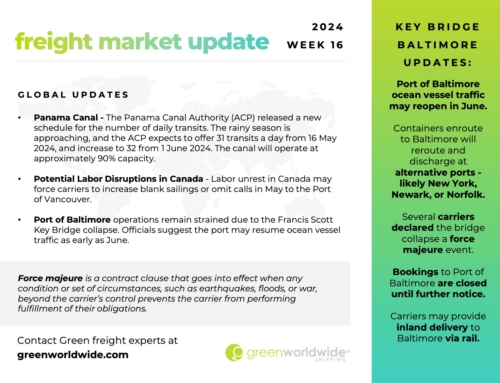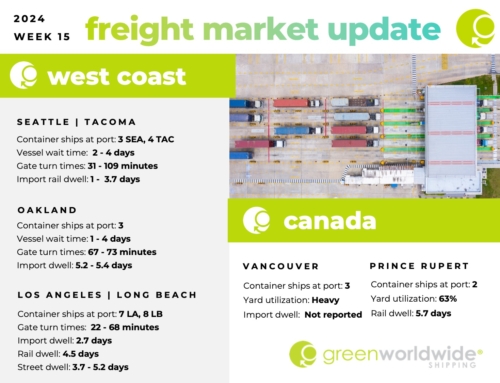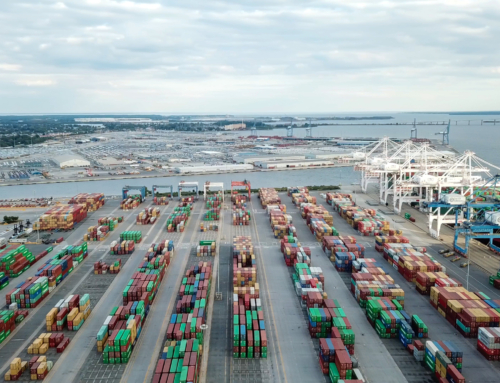As the world celebrated International Women’s Day on March 8th, the global trade community watched 11 countries, excluding the United States, sign on to the Comprehensive and Progressive Trans-Pacific Partnership (CPTPP) in Santiago, Chile, removing up to 98% of tariffs for member-nations trading across Asia. Minutes later, U.S. President Donald Trump announced import tariffs of 25% on steel and 10% on aluminum, taking a protectionist stance amid the celebration and NAFTA (North America Free Trade Agreement) negotiations.
The Comprehensive and Progressive Trans-Pacific Partnership, also known as TPP-11, and originally conceived as the Trans-Pacific Partnership (TPP), is the third largest trade deal in the world, apart from NAFTA and the European Union. The 11 signatories, New Zealand, Australia, Brunei, Canada, Chile, Japan, Malaysia, Mexico, Peru, Singapore, and Vietnam, will see the elimination of 98% of tariffs and greater leverage to compete against the region’s dominant economy, China. Spearheaded by Japan and Australia, both U.S. allies were surprised when America pulled out of the original agreement, when President Trump took office, citing job protection and better deals from bilateral negotiations. America’s deferred participation, however, could be a strategic advantage for other signatories, as early investments gains scale and market share.
But don’t worry, the door has been left open for future entrants, including the U.S. and her 22 suspended provisional requests, such as intellectual property rights and dispute resolution reforms. CPTPP will become legally binding 60 days after it is ratified by six of its signatories.
The North American Free Trade Agreement (NAFTA), however, has been a staple of American business practices for almost a quarter of a century, with over 125,000 U.S. businesses dependent on tariff-free exports annually. Creating historical precedent, U.S.-led re-negotiation of NAFTA seeks to reduce its deficit amongst trading partners, splitting the difference between increasing U.S. exports and reducing Canadian/Mexican imports.
Here are some of the changes the Trump administration is looking for:
end dispute resolution panels
under NAFTA, companies must turn to independent, resolution panels to handle disputes, however, the U.S. administration believes this violates sovereignty rights
- two types of filing;
- chapter 11 – companies suing governments
- chapter 19 – governments suing governments
“buy American” provisions
to exclude Canadian or Mexican firms from seeking U.S. government contracts, while opening more Canadian and Mexican government work to U.S. companies.
intellectual property rights
expanding protection to reflect intellectual property rules closer to those in the United States.
“rules of origin” increase
the current 62.5% content requirement for duty-free consideration up to 85%, primarily for automobiles.
dairy & poultry freedom
by ending Canada’s supply managed subsidization of these two industries.
energy market liberalization
has made Mexico a ripe market for U.S. and Canadian investments, which both partners want inked into the deal.
early expiration
U.S. parties want a short, 5-year shelf life for the deal, leaving room for future improvements and renewal.
Showing his business stripes, President Trump temporarily excluded Canada and Mexico from the initial steel and aluminum mandate for better leverage in NAFTA negotiations. But while the U.S. economy is the world’s largest market, Canada and Mexico do have other options. Unlike the United States, Canada and Mexico signed on to the CPTPP, in a greater effort to diversify their trade portfolios and hedge against American and Chinese dominance. Bilateral agreements across Europe, as the United Kingdom prepares for BREXIT, also create trade stability against American pressures.
As 2018 unfolds, international sourcing shifts will no doubt impact the freight market as mega-vessels are introduced into key trading lanes and strong consumer demand keeps inventories moving.
Follow freight trends by subscribing to Green’s blog above!






